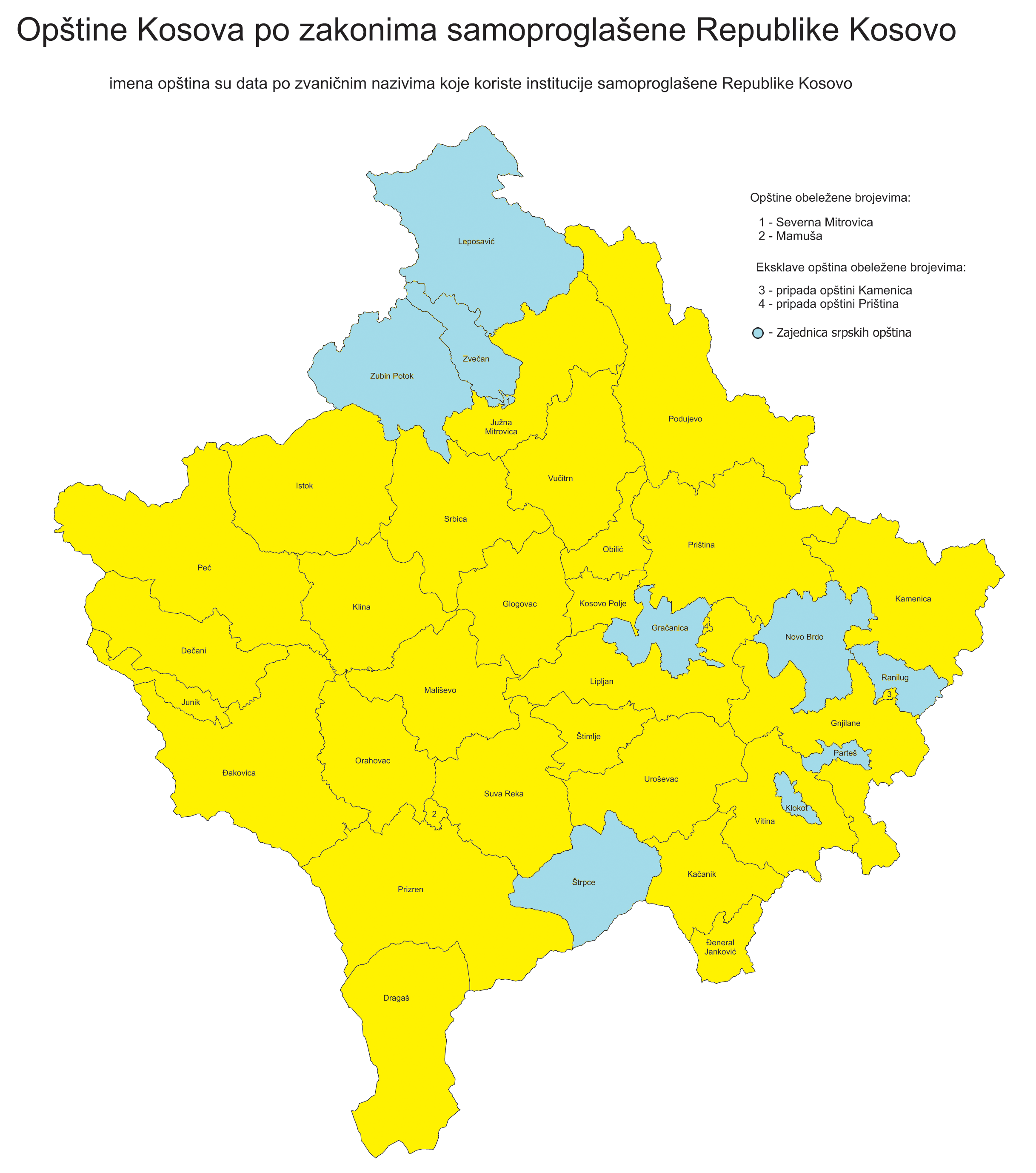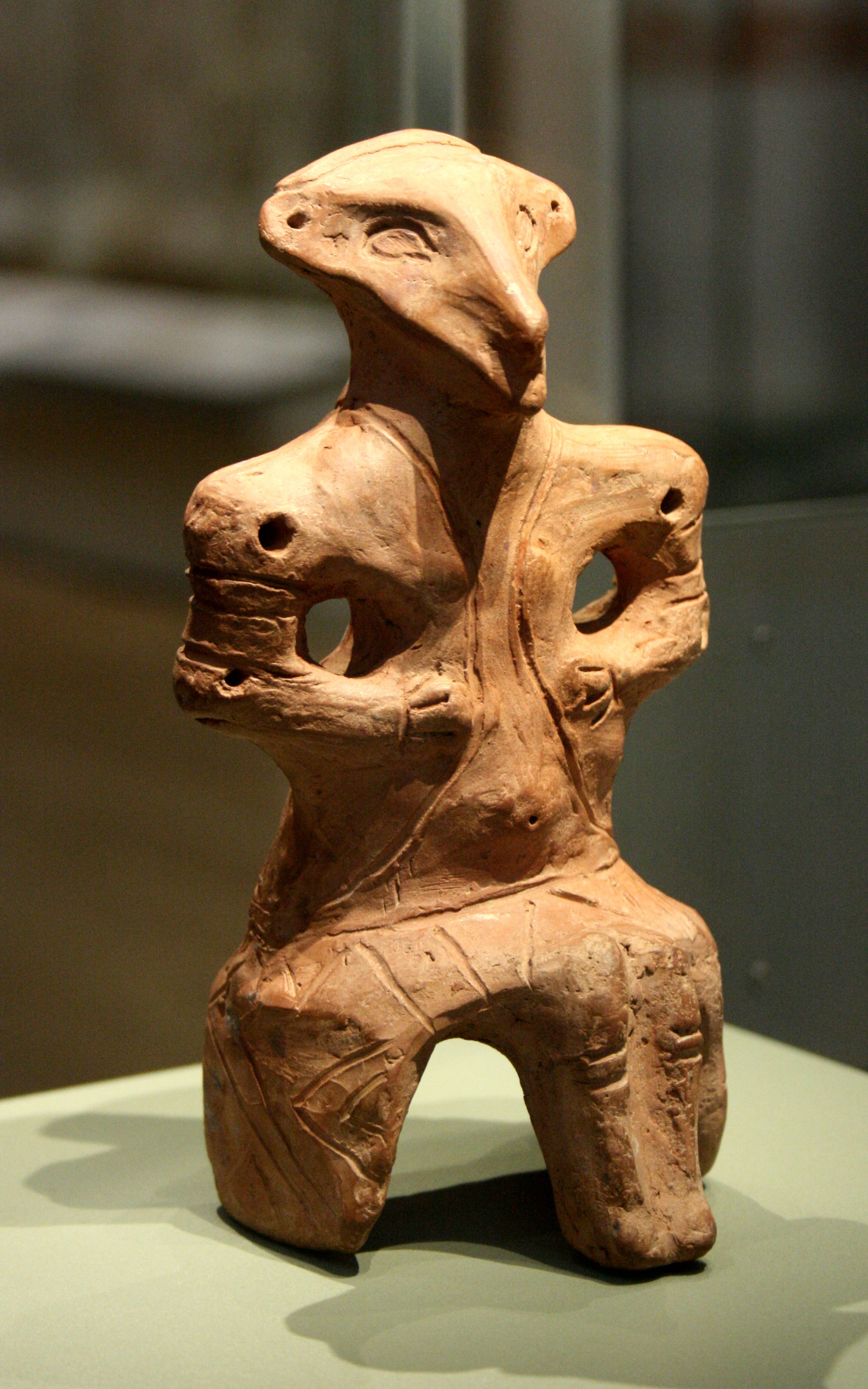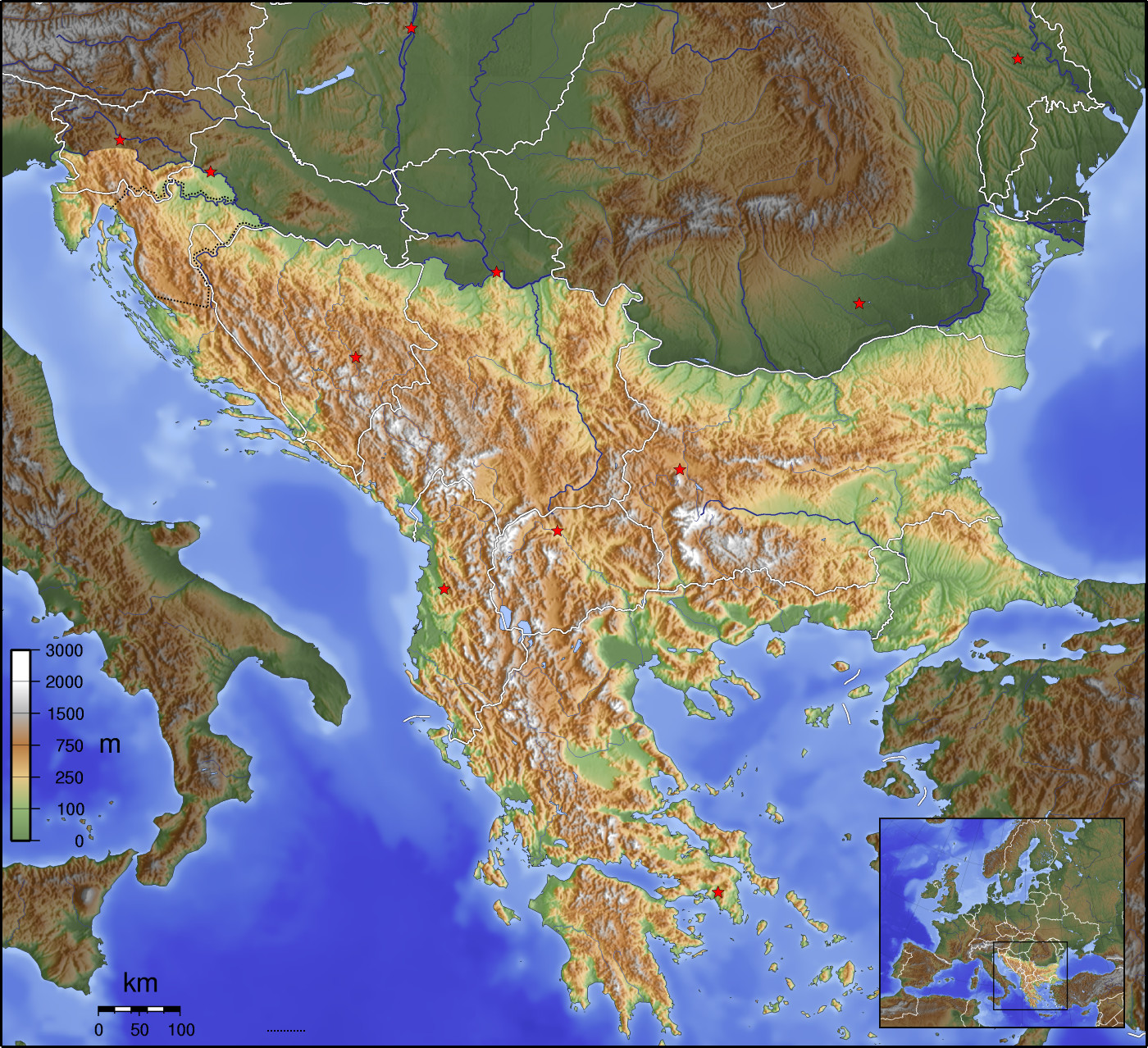|
Đakovica
Gjakova or Đakovica, ) and Đakovica ( sr-Cyrl, Ђаковица, ) is the sixth largest city of Kosovo and seat of the Gjakova Municipality and the District of Gjakova, Gjakova District. According to the 2024 census, the municipality of Gjakova has 78,699 inhabitants. Geographically, it is located in the south-western part of Kosovo, about halfway between the cities of Peja and Prizren. It is approximately inland from the Adriatic Sea. The city is situated some north-east of Tirana, north-west of Skopje, west of the capital Pristina, south of Belgrade and east of Podgorica. The city of Gjakova has been populated since the prehistoric era. During the Ottoman Kosovo, Ottoman period, Gjakova served as a trading centre on the route between Shkodër, Shkodra and Istanbul, Constantinople. It was also one of the most developed trade centres at that time in the Balkans. Etymology The Albanian name for the city is ''Gjakova''. There are several theories on the origin of the ... [...More Info...] [...Related Items...] OR: [Wikipedia] [Google] [Baidu] [Amazon] |
Old Bazaar, Gjakova
The Old Bazaar (; ) in Gjakova is the oldest bazaar in Kosovo (also known as ''Çarshia e Madhe'' (Grand Bazaar) or ''Dakovica''. Mëhalla e Hadumit, the historical neighborhood where it is located also houses the city's oldest mosque, the Hadum Mosque (:sq:Xhamia e Hadumit, ''Xhamia e Hadumit''), which dates from the 15th century. The Grand Bazaar (from the meaning ''marketplace'' ) was the heart of the economy in Gjakova, a city of trade and merchandise which served the villages around the municipality of Gjakova, the Junik zone and Gjakova’s highlands (Malësia e Gjakovës) on the border between Kosovo and Albania. The Old Bazaar was burnt and destroyed and then it was reconstructed after suffering damage during the 1999 war (the last Kosova War, war in Kosovo). Around the mosque lie the graves with sculpted decorations, with inscriptions engraved in the old Ottoman Empire, Ottoman language. In the past, it was used to bury members of the popular families in Gjakova. Within ... [...More Info...] [...Related Items...] OR: [Wikipedia] [Google] [Baidu] [Amazon] |
List Of Cities And Towns In Kosovo
This is a list of cities and towns in the Kosovo in alphabetical order categorised by municipality or district, according to the criteria used by the Kosovo Agency of Statistics (KAS). Kosovo's population is distributed in 1,467 settlements with 26 per cent of its population concentrated in 7 regional centers, consisting of Ferizaj, Gjakova, Gjilan, Mitrovica, Kosovo, Mitrovica, Peja, Pristina and Prizren. According to the 2024 census, the cities in Kosovo are classified into the following population size categories: * 1 city larger than 150,000: Pristina * 3 cities from 50,000 to 100,000: Ferizaj, Gjilan and Prizren * 6 cities from 20,000 to 50,000: Fushe Kosova, Gjakova, Mitrovica, Kosovo, Mitrovica, Peja, Podujevë and Vushtrri List See also *Administrative divisions of Kosovo *List of populated places in Kosovo *List of populated places in Kosovo by Albanian name References {{DEFAULTSORT:List Of Cities In Kosovo Cities in Kosovo, Lists of cities by coun ... [...More Info...] [...Related Items...] OR: [Wikipedia] [Google] [Baidu] [Amazon] |
District Of Gjakova
The District of Gjakova (; ) is one of the seven districts of Kosovo, with seat in the city of Gjakova. Municipalities The district of Gjakova has a total of 3 municipalities and 170 other smaller settlements. Settlements Gjakova Municipality * Babaj i Bokës * Bardhaniq * Bardhasan * Botushë * Beci * Berjah * Bishtazhin * Brekoc * Brovina * Qerret * Qerim * Cërmjan * Damjan * Deva * Gjakova Gjakova or Đakovica, ) and Đakovica ( sr-Cyrl, Ђаковица, ) is the sixth largest city of Kosovo and seat of the Gjakova Municipality and the District of Gjakova, Gjakova District. According to the 2024 census, the municipality of Gjakov ... * Doblibarë * Dobriqë * Dobrosh * Novosellë e Poshtme * Dujakë * Hereç * Firza * Fshaj * Goden * Novosellë e Epërme * Gërqina * Gërgoc * Guskë * Jabllanicë * Jahoc * Janosh * Kodralija – Beckë * Korenicë * Koshare * Kralane * Kushavec * Lipovec * Marmullë * Meqë * Orizë ... [...More Info...] [...Related Items...] OR: [Wikipedia] [Google] [Baidu] [Amazon] |
Municipalities Of Kosovo
A municipality (; ) is the basic administrative division in Kosovo and constitutes the only level of power in local governance. There are 38 municipalities in Kosovo; 27 of which have an Kosovo Albanians, Albanian ethnic majority, 10 Kosovo Serbs, Serb and Mamusha, 1 Turks in Kosovo, Turkish. After the Brussels Agreement (2013), 2013 Brussels Agreement, signed by the governments of Government of Kosovo, Kosovo and Government of Serbia, Serbia, an agreement was made to create a Community of Serb Municipalities, which would operate within Kosovo's legal framework. Since 2013, the agreement has not been fulfilled by Kosovo's authorities, calling upon its Constitution of Kosovo, constitution and territorial integrity. List of municipalities Powers of municipalities All municipalities have the following competences, as regulated by Law Nr. 03/L-040 of the Constitution of Kosovo: # Local economic development. # Urban and rural planning. # Land use and development. # Implementation ... [...More Info...] [...Related Items...] OR: [Wikipedia] [Google] [Baidu] [Amazon] |
Albanians
The Albanians are an ethnic group native to the Balkan Peninsula who share a common Albanian ancestry, Albanian culture, culture, Albanian history, history and Albanian language, language. They are the main ethnic group of Albania and Kosovo, and they also live in the neighboring countries of Albanians in North Macedonia, North Macedonia, Albanians in Montenegro, Montenegro, Albanians in Greece, Greece, and Albanians in Serbia, Serbia, as well as in Albanians in Italy, Italy, Albanians in Croatia, Croatia, Albanians in Bulgaria, Bulgaria, and Albanians in Turkey, Turkey. Albanians also constitute a large diaspora with several communities established across Europe and the other continents. Albanian language, The language of the Albanians is an Indo-European languages, Indo-European language and the only surviving representative of the Albanoid, Albanoid branch, which belongs to the Paleo-Balkan languages, Paleo-Balkan group. Albanians ... [...More Info...] [...Related Items...] OR: [Wikipedia] [Google] [Baidu] [Amazon] |
Vuk Branković
Vuk Branković ( sr-Cyrl, Вук Бранковић, , 1345 – 6 October 1397) was a Serbian medieval nobleman who, during the Fall of the Serbian Empire, inherited a province that extended over present-day southern and southwestern Serbia, entire Kosovo, the northern part of present-day Republic of North Macedonia, and northern Montenegro. His fief (and later state) was known as ''Oblast Brankovića'' (District of Branković) or simply as ''Vukova zemlja'' (Vuk's land), which he held with the title of ''Hospodar, gospodin'' (lord, sir), under Prince Lazar of Serbia. After the Battle of Kosovo (1389), Vuk was briefly the ''de facto'' most powerful Serbian lord. Origins Branković was born in 1345 and belonged to a Serb noble family that held a prominent role in the 14th century. Vuk was a son of Branko Mladenović (died before 1365), who received the high court title of ''sevastokrator'' from Emperor Stefan Dušan (r. 1331–1355) and served as governor of Ohrid (present-day Nort ... [...More Info...] [...Related Items...] OR: [Wikipedia] [Google] [Baidu] [Amazon] |
Belgrade
Belgrade is the Capital city, capital and List of cities in Serbia, largest city of Serbia. It is located at the confluence of the Sava and Danube rivers and at the crossroads of the Pannonian Basin, Pannonian Plain and the Balkan Peninsula. The population of the Belgrade metropolitan area is 1,685,563 according to the 2022 census. It is one of the Balkans#Urbanization, major cities of Southeast Europe and the List of cities and towns on the river Danube, third-most populous city on the river Danube. Belgrade is one of the List of oldest continuously inhabited cities, oldest continuously inhabited cities in Europe and the world. One of the most important prehistoric cultures of Europe, the Vinča culture, evolved within the Belgrade area in the 6th millennium BC. In antiquity, Thracians, Thraco-Dacians inhabited the region and, after 279 BC, Celts settled the city, naming it ''Singidunum, Singidūn''. It was Roman Serbia, conquered by the Romans under the reign of Augustus and ... [...More Info...] [...Related Items...] OR: [Wikipedia] [Google] [Baidu] [Amazon] |
Jakov
Jakov ( sr-Cyrl, Јаков, ) is a masculine given name of Biblical origin and a saints' name. It is cognate to Jakob, Yakov, Jacob and James. It is often found in Croatia and Serbia, and also appears elsewhere. The name Jacob is of Hebrew origin and means "God protects" and is also a Latin derivative of the original Hebrew name Jakow, which comes from the word Akev and literally translates as "heel". According to the 2021 population census, 11,555 people with the name Jakov live in Croatia. The nicknames derived from this name include Jakša, Jakica, Jako and Jaki. Notable people with the name include: * Jakov (bishop), Serbian medieval archbishop * Jakov Bienenfeld, Croatian entrepreneur and developer * Jakov Brdar, Slovenian-Bosnian sculptor * Jakov Cindro, Croatian politician * Jakov Fak, Croatian-Slovenian biathlete * Jakov Filipović, Croatian football player * Jakov Geller, Russian chess player (cf. list of chess grandmasters) * Jakov Gojun, Croatian handball pl ... [...More Info...] [...Related Items...] OR: [Wikipedia] [Google] [Baidu] [Amazon] |
Balkans
The Balkans ( , ), corresponding partially with the Balkan Peninsula, is a geographical area in southeastern Europe with various geographical and historical definitions. The region takes its name from the Balkan Mountains that stretch throughout the whole of Bulgaria. The Balkan Peninsula is bordered by the Adriatic Sea in the northwest, the Ionian Sea in the southwest, the Aegean Sea in the south, the Turkish straits in the east, and the Black Sea in the northeast. The northern border of the peninsula is variously defined. The highest point of the Balkans is Musala, , in the Rila mountain range, Bulgaria. The concept of the Balkan Peninsula was created by the German geographer August Zeune in 1808, who mistakenly considered the Balkan Mountains the dominant mountain system of southeastern Europe spanning from the Adriatic Sea to the Black Sea. In the 19th century the term ''Balkan Peninsula'' was a synonym for Rumelia, the parts of Europe that were provinces of the Ottoman E ... [...More Info...] [...Related Items...] OR: [Wikipedia] [Google] [Baidu] [Amazon] |





